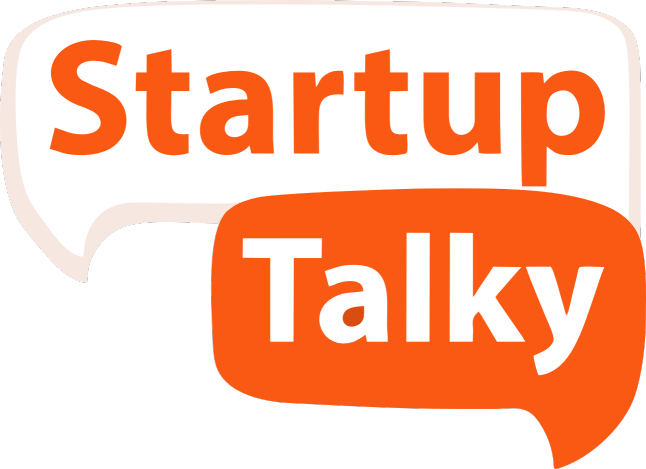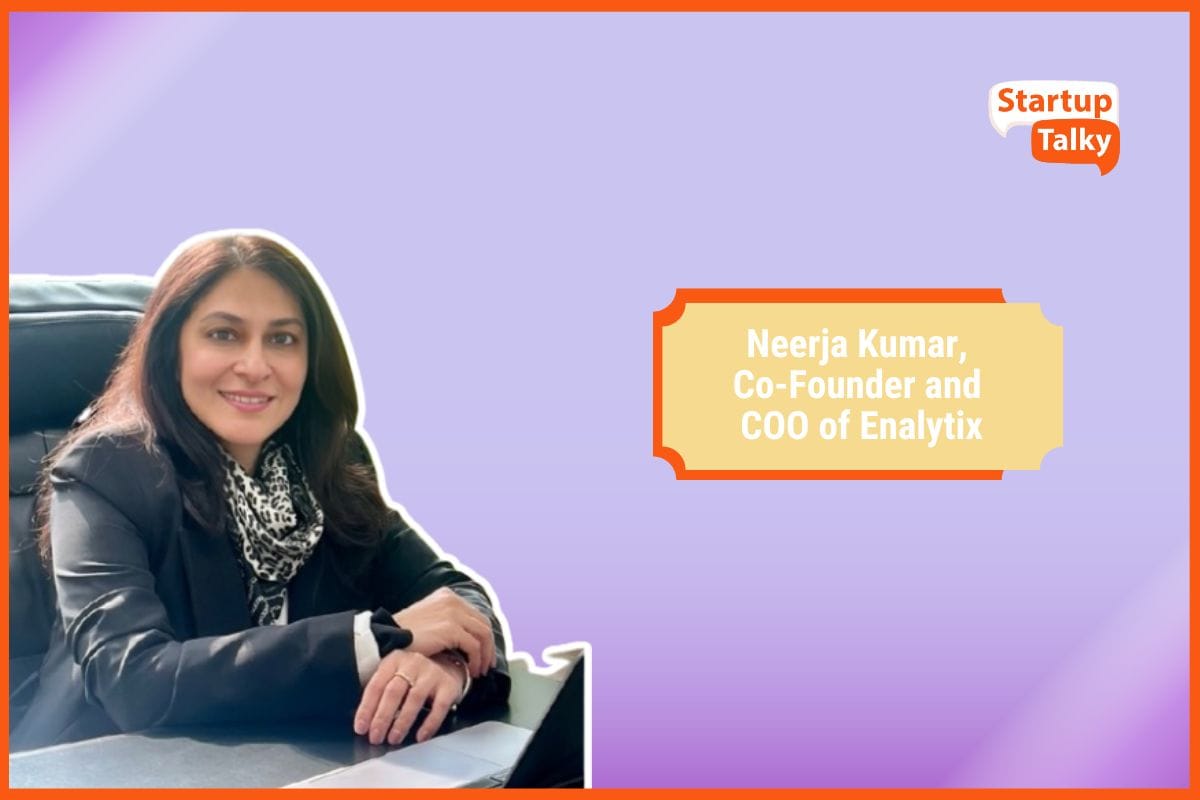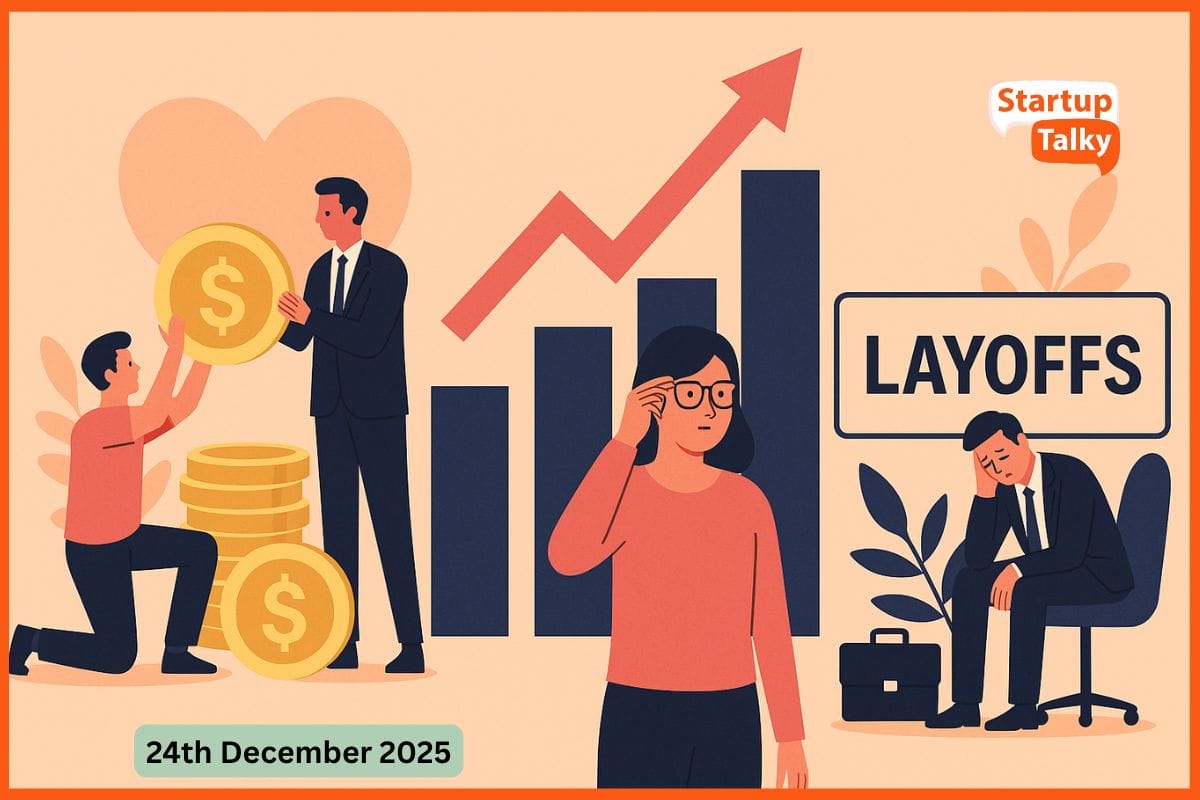How to Measure Influencer Marketing ROI: Beyond Likes & Shares
✍️ Opinions
This article has been contributed by Himanshu Arora, Founder & CEO, Creators Network & BookYourCreator.
Let’s be honest: Brands have been getting influencer marketing all wrong. They’ll pour money into campaigns, watch the engagement skyrocket, and then… what?
A report full of likes, shares, and reach numbers. A viral video that got a million views but zero recall.
Then, they sit in a boardroom, scratching their heads:
Did this work? Did it make people remember our brand? Did it sell anything?
If your influencer marketing success is still measured by vanity metrics, you’re missing the point. It’s time to measure what matters.
Engagement Is Overrated. Influence Is Not.
A post with 500,000 likes doesn’t mean 500,000 people cared. A video with 1M views doesn’t mean 1M people remember the brand.
Real influence isn’t about getting seen. It’s about being remembered. If your campaign isn’t driving awareness, trust, and action, you didn’t invest in influencer marketing—you just paid for entertainment.

So, How Do You Measure Influencer Marketing ROI?
1. Are People Even Remembering Your Brand? (Brand Recall & Awareness)
Think of influencer marketing as a great movie. If you watched something and can’t recall the brand behind it, it didn’t do its job.
So, let’s measure that.
- Google Search Trends: If people were curious enough to Google your brand after the campaign, it’s working.
- Direct Website Traffic: Did more people visit your site organically during and after the campaign? That’s a real impact.
- Social Listening: Are people talking about your brand without being asked to? If yes, that’s influence. If not, it’s just content consumption.
Real-World Example:
A skincare brand partners with a beauty creator. They don’t include a direct “buy now” link—just storytelling.
One week later:
- Google searches for the brand increased by 30%.
- Direct website visits double.
- People start tweeting: “Has anyone tried this? Looks interesting.”
No hard selling. No direct CTA. Just influences doing its job.
2. Trust > Engagement. But How Do You Measure Trust?
People don’t buy because an influencer told them to. They buy because they trust the recommendation.
How do you track that?
- Polls & Surveys – Ask people directly: “Would you try this?” If the majority say yes, you’re winning.
- Comments That Show Intent – Are people asking, “Where can I get this?” or just dropping heart emojis?
- Conversation Longevity – Is the product being discussed even after the campaign ends? If so, it left an impact.
Imagine a fitness brand running a campaign with two influencers.
- Influencer A gets 20,000 likes, but all the comments are “🔥🔥🔥.”
- Influencer B gets 5,000 likes, but the comments are:
- Is this vegan?
- How much protein per scoop?
- Where can I buy it?
One of them created conversation. The other just created content.
Guess which one drove more sales.
3. The Metric That Pays: Conversions & Revenue
If influencer marketing isn’t contributing to revenue, it’s just an expensive experiment.
Here’s how to track conversions the right way:
- UTM Links & Google Analytics: Every influencer gets a unique, trackable link. No guessing. You know exactly who drove what traffic.
- Attribution Modeling: Some customers won’t buy instantly. They’ll see the influencer’s post, remember it, and buy it weeks later. Multi-touch attribution tracks that journey.
- Affiliate Codes & First-Touch Data: If 20% of a brand’s monthly sales came from influencer-linked customers, that’s influence at work.
Smaller but engaged beats bigger but passive—every time.
The Future of Influencer Marketing ROI
Most brands are stuck in 2018 influencer marketing. They look at followers, engagement, and reach. They should be looking at trust, conversations, and conversions.
Here’s what smart brands will start doing:
- AI-driven analytics – Predict which creators will drive actual revenue, not just reach.
- Long-term influencer investments – Stop paying for one-off promotions. Start building brand advocates.
- Impact-based KPIs – Measure influence, not just impressions.
Final Thought: Influence > Attention
Measuring influencer marketing isn’t about “How many saw this?”
It’s about:
- Did people consider buying?
- Did it drive real action?
- Did we create long-term trust?
Because in the end, real influence isn’t measured in likes. It’s measured in impact.

Must have tools for startups - Recommended by StartupTalky
- Convert Visitors into Leads- SeizeLead
- Website Builder SquareSpace
- Manage your business Smoothly Google Business Suite






